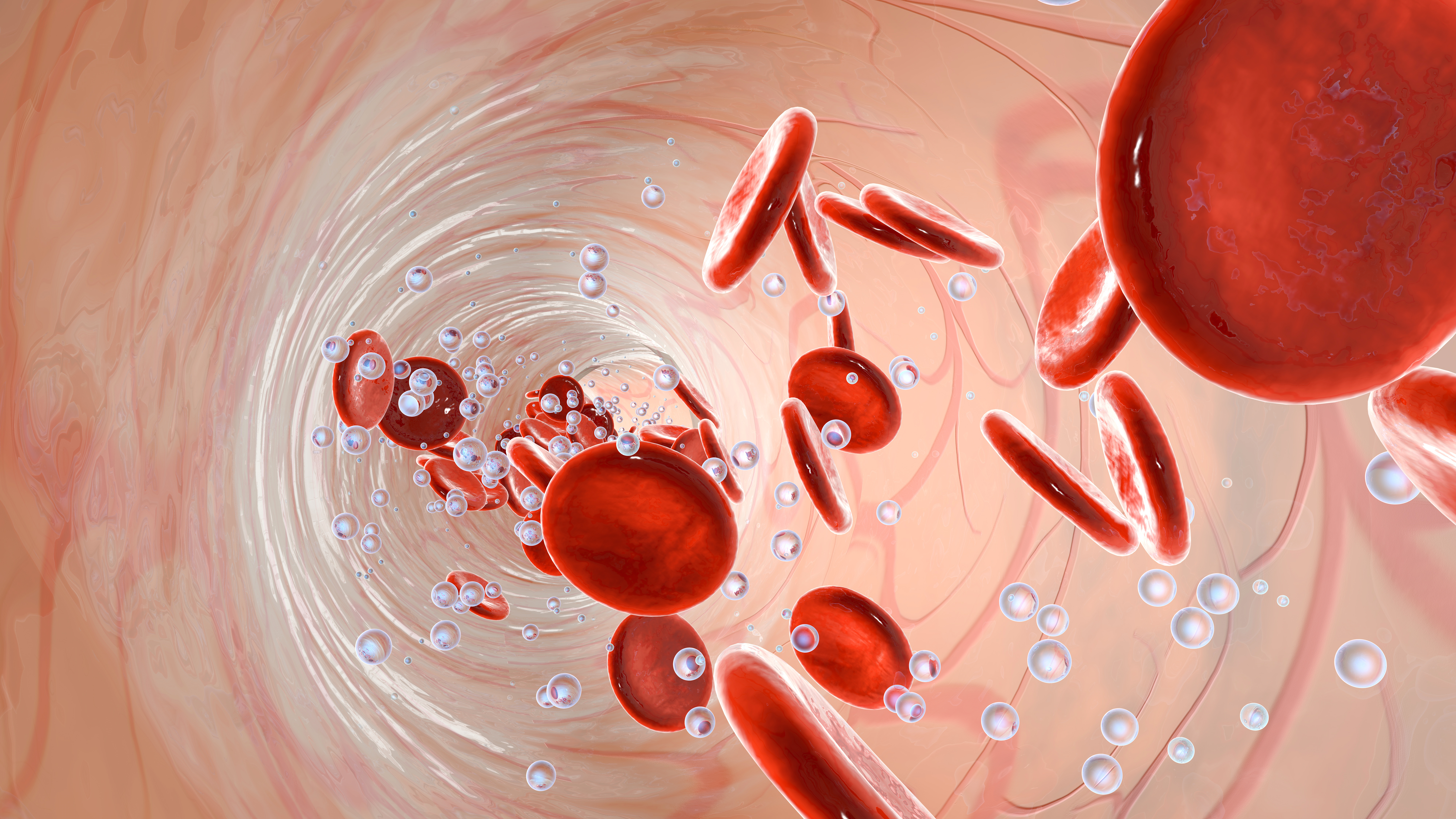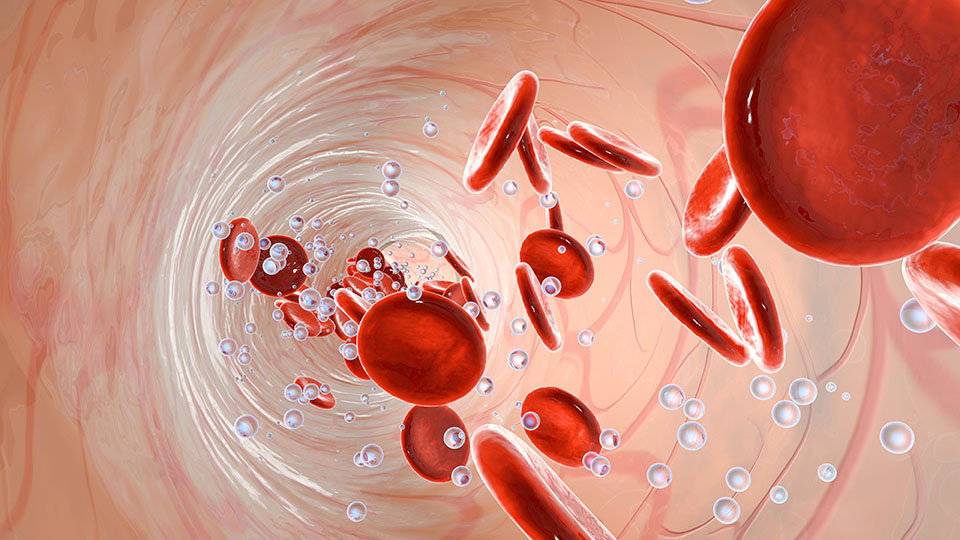For the first time, researchers demonstrate that hyperbaric oxygen therapy can reverse the mechanisms that mark the aging process.

Aging is the progressive loss of physiological integrity, which results in impaired functionality and increased susceptibility to diseases, and ultimately death. For the first time, researchers collaborated in an in vivo study to observe the effects of hyperbaric oxygen therapy on cellular mechanisms to reverse aging.
Researchers based out of Israel from Shamir Medical Center, Tel-Aviv University, and Bar Ilan University published a groundbreaking new paper titled, “Hyperbaric oxygen therapy increases telomere length and decreases immunosenescence in isolated blood cells : a prospective trial,” in the open access journal, Aging. The importance of this study hinges on understanding the mechanisms of aging that were evaluated by the researchers.
“At the cellular level, two key hallmarks of the aging process include telomere length (TL) shortening and cellular senescence.”
Telomere Length
Telomeres (TLs) function to protect chromosomes from DNA damage and are located at the end of the chromosome. In each instance of cell division, the telomeres shorten due to an inherent inability to fully replicate the DNA strand. Given that cells can only replicate a finite number of times before they can no longer engage in mitosis, the shortening of telomeres has been shown in adults to lead to increased rates of mortality.
Researchers in this study also provide examples of studies that are finding a number of pharmacological agents capable of reducing the shortening rate of telomeres.
“Shortened TLs can be a direct inherited trait, but several environmental factors have also been associated with shortening TL, including stress, lack of physical endurance activity, excess body mass index, smoking, chronic inflammation, vitamins deficiency, and oxidative stress [2, 8, 9].”
Cellular Senescence
The other hallmark mechanism of the aging process is cellular senescence. Previously, senescent cells have been viewed as mechanisms that protect the body against cancer through cell-cycle arrest, however, recent discoveries have found that they also have a role in processes such as development, tissue repair, aging, and age-related disorders. The phase of senescence can be triggered by telomere shortening and other non-telomeric DNA damage.
“The primary purpose of senescence is to prevent propagation of damaged cells by triggering their elimination via the immune system. The accumulation of senescent cells with aging reflects either an increase in the generation of these cells and/or a decrease in their clearance, which in turn aggravates the damage and contributes to aging [1].”
Oxidative Stress
In this well-written paper, the researchers introduce the topic by citing numerous interventional studies measuring the association between telomere length and lifestyle modifications. Studies include the measuring of diet, supplements, physical activity, stress management, and social support. However, the team found that the most common mechanism associated with telomere shortening is oxidative stress.
“Oxidative stress can occur from imbalances between the production of reactive oxygen species (ROS) and cellular scavengers.”
Previous studies indicate that telomeres are highly sensitive to oxidative DNA damage which occurs due to an excess of reactive oxygen species (ROS), or molecular oxygen by-products. The excess formation of these ROS occurs through the sequential reduction of oxygen via the addition of electrons and a lack of scavenger cells to digest excess microorganisms. This leads to the shortening of telomeres.
Hyperbaric Oxygen Therapy
Hyperbaric oxygen therapy (HBOT) has been observed to stimulate brain function and increase cognitive ability in previous studies. HBOT involves patients breathing in 100% oxygen in a pressurized chamber on a repeated basis. Being in this type of environment increases the amount of oxygen that is dissolved in the blood and tissue. Increasing oxygen levels in the body using pure oxygen on a daily basis can induce the hormesis phenomenon. This eustress type of therapy has been shown to have beneficial and positive effects on the body and mind.
“Single exposures [to HBOT] increase ROS generation acutely, triggering the antioxidant response, and with repeated exposures, the response becomes protective [13, 18].”
The Study
This study was designed to evaluate the effects of HBOT on the telomeres and concentrations of senescent cells in aging/healthy adults. Thirty-five participants living independently at 64+ years of age received HBOT exposures daily, over the course of 60 days.
Researchers collected whole blood samples prior to intervention (baseline), at the 30th and 60th session, and 1-2 weeks after the last HBOT session. They assessed the telomere lengths and senescence of peripheral blood mononuclear cells (PBMCs) in each participant’s blood sample.
“In this study, for the first time in humans, it was found that repeated daily HBOT sessions can increase PBMC telomere length by more than 20% in an aging population, with B cells having the most striking change. In addition, HBOT decreased the number of senescent cells by 10-37%, with T helper senescent cells being the most affected.”
Conclusion
Following HBOT, telomere lengths increased by over 20% in T helper, T cytotoxic, natural killer, and B cells. There was also a significant decrease in the number of senescent T cytotoxic and T helper cells observed in the participant blood samples, allowing for new healthy cells to regenerate.
“In conclusion, the study indicates that HBOT may induce significant senolytic effects including significantly increasing telomere length and clearance of senescent cells in the aging populations.”
Click here to read the full scientific paper, published in Aging.
—
Aging is an open-access journal that publishes research papers monthly in all fields of aging research and other topics. These papers are available to read at no cost to readers on Aging-us.com. Open-access journals offer information that has the potential to benefit our societies from the inside out and may be shared with friends, neighbors, colleagues and other researchers, far and wide.

